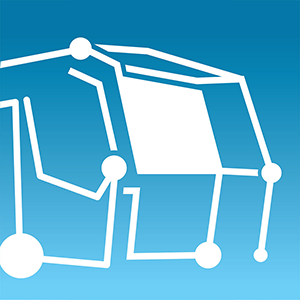
New superstructure materials (rails and sleepers) should be installed on a flawless ballast bed. For this reason, track renewal and ballast cleaning are almost always carried out as a joint project. If the subsoil is too weak for current and future loads, the substructure must also be upgraded by rehabilitating the formation.
Railway ditches, drainage
Cleaning, formation rehabilitation
The ballast should be cleaned before the track is renewed to protect the material of the new track panel. If necessary, the substructure must also be renewed and a formation protective layer installed.
Plasser & Theurer also offers a range of suitable machine systems for this purpose (Plasser FormationLiner).
As a variant, ballast cleaning and track renewal can be carried out in a single pass with a single machine(see page 42).
Ballasting, measuring, tamping after ballast cleaning or formation rehabilitation